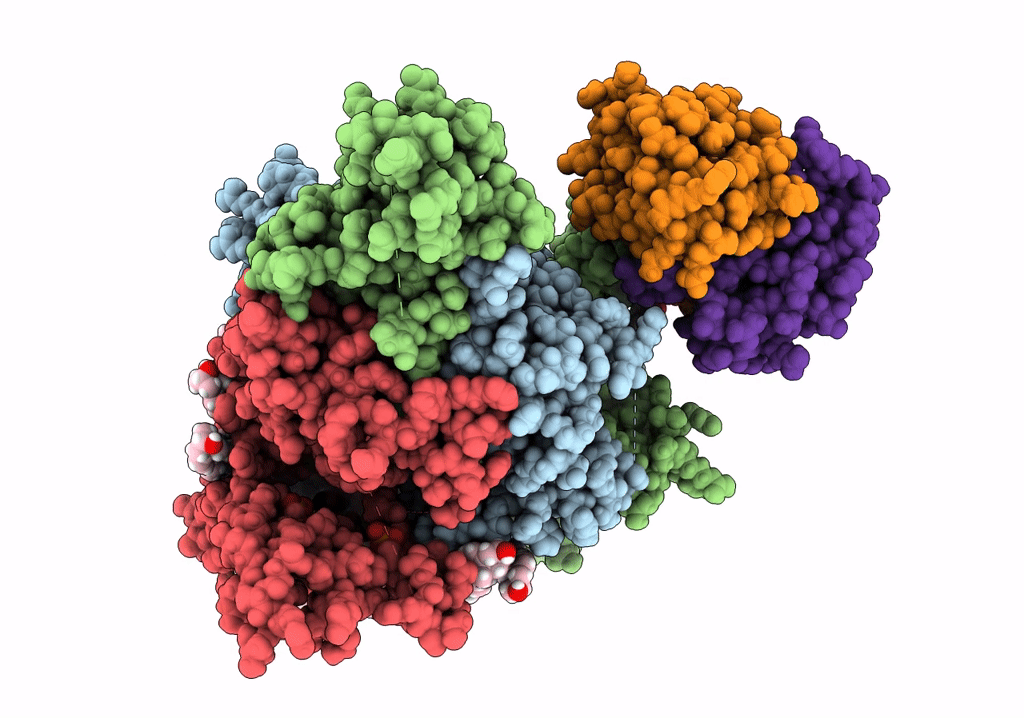
Deposition Date
2021-12-17
Release Date
2022-07-06
Last Version Date
2024-02-28
Entry Detail
PDB ID:
7T92
Keywords:
Title:
Structure of the peroxisomal retro-translocon formed by a heterotrimeric ubiquitin ligase complex
Biological Source:
Source Organism:
Thermothelomyces thermophilus ATCC 42464 (Taxon ID: 573729)
synthetic construct (Taxon ID: 32630)
synthetic construct (Taxon ID: 32630)
Host Organism:
Method Details:
Experimental Method:
Resolution:
3.10 Å
Aggregation State:
PARTICLE
Reconstruction Method:
SINGLE PARTICLE


